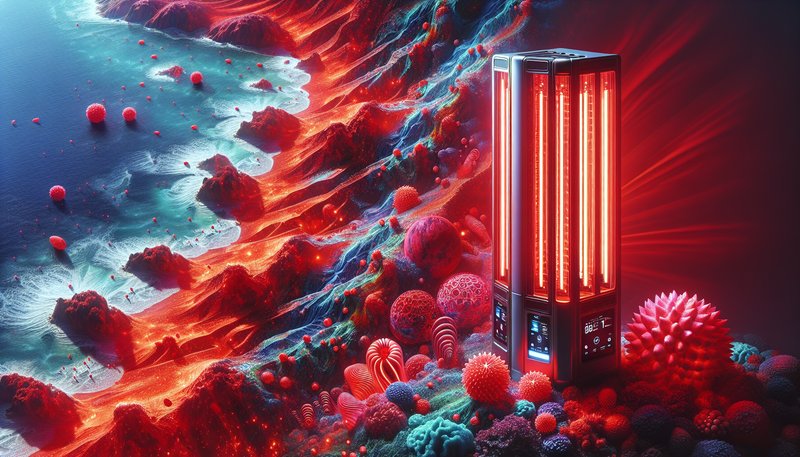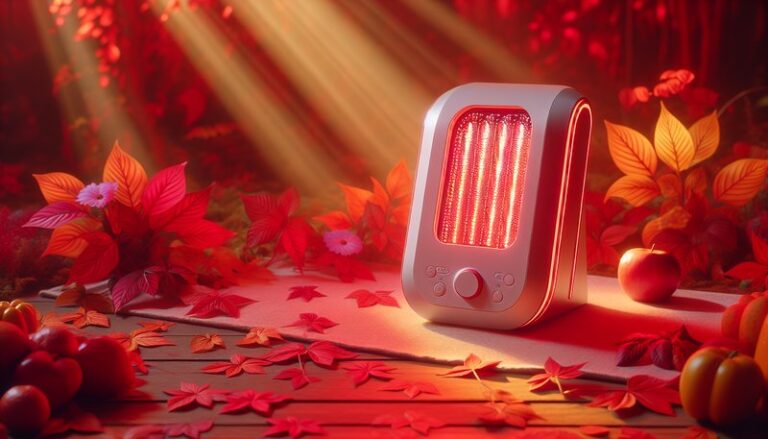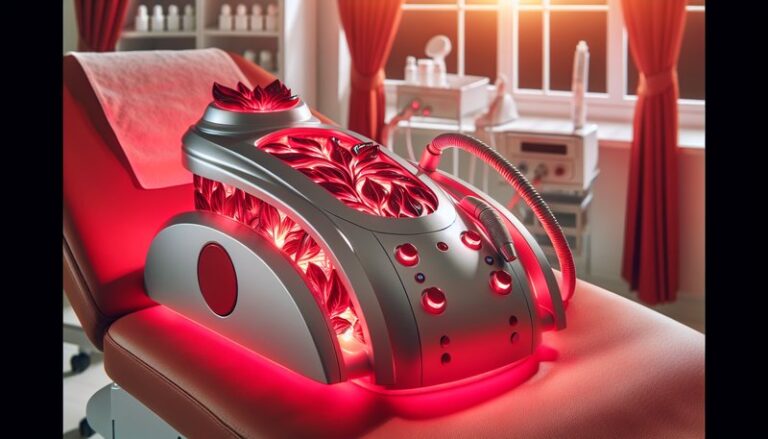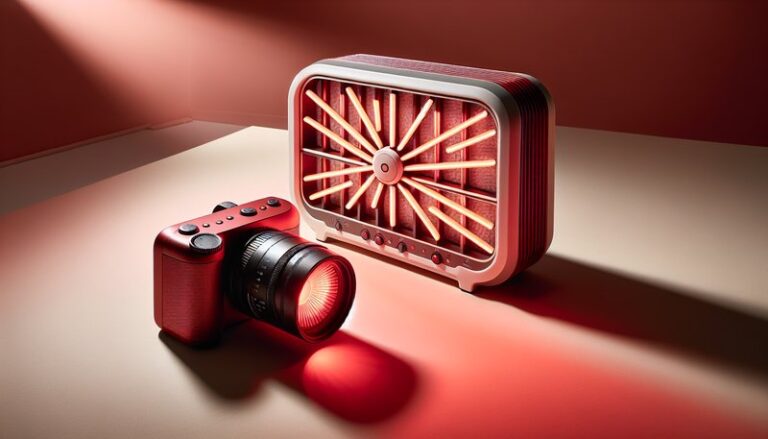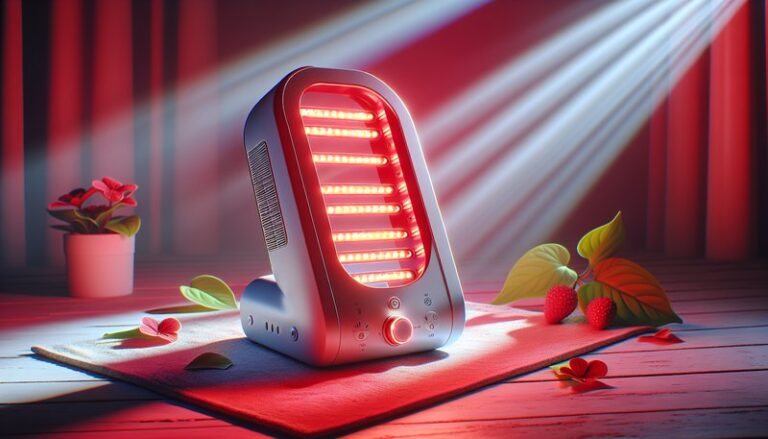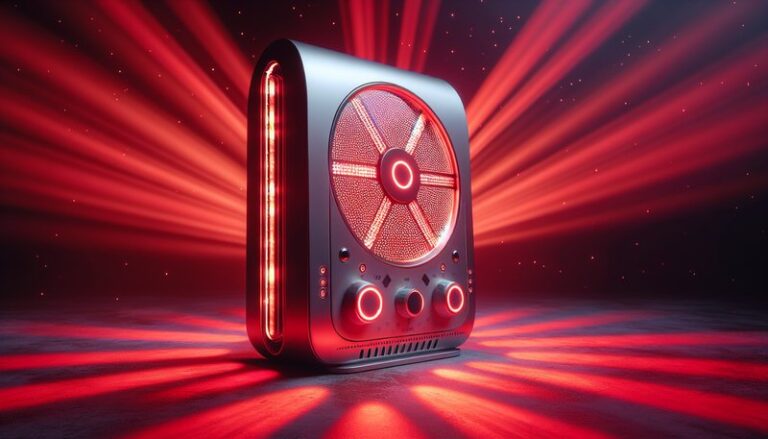Will Red Light Therapy Help Stretch Marks?
Will Red Light Therapy Help Stretch Marks?
Have you ever wondered if the latest skincare trend could fade those stubborn stretch marks?
In this article, we will explore the potential of red light therapy (RLT) as a treatment option for stretch marks. We will cover how RLT works, its benefits, considerations before starting, alternatives, and finally answer some frequently asked questions to give you a comprehensive understanding of this treatment.
Key Takeaways
- Red light therapy may promote collagen production, which can help reduce the appearance of stretch marks.
- Various factors, including skin type and the age of the stretch marks, can affect treatment outcomes.
- Alternatives such as topical treatments and laser therapy are also available for addressing stretch marks.
What is Red Light Therapy?
Red light therapy is a non-invasive treatment that utilizes specific wavelengths of light to penetrate the skin and promote healing. The therapy typically involves the application of low-level red light, which can stimulate cellular activity, enhance circulation, and encourage the production of collagen and elastin.
How Does Red Light Therapy Work?
The mechanism of action behind red light therapy lies in its ability to energize cells through photobiomodulation. This process activates the mitochondria, the powerhouse of the cell, which in turn increases ATP (adenosine triphosphate) production. Higher ATP levels can improve tissue repair and regeneration, making RLT an attractive option for various skin conditions, including stretch marks.
What are the Benefits of Red Light Therapy?
Red light therapy has gained popularity due to its numerous benefits, particularly for skin health and appearance. Below, we delve into some key benefits relevant to treating stretch marks.
Find out in Best Time for Red Light Therapy?
Stimulates Collagen Production
Collagen is an essential protein responsible for maintaining skin elasticity and structure. RLT has been shown to boost collagen synthesis, which can help improve the texture and appearance of stretch marks over time.
Reduces Inflammation
RLT can help decrease inflammation in the skin, leading to a reduction in redness and promoting a healthier overall appearance. This attribute can be especially beneficial for new stretch marks that may still be inflamed or discolored.
Enhances Circulation
Increased blood flow can support healing and the effective delivery of nutrients to the skin. This improved circulation may facilitate quicker recovery from stretch marks as the skin receives the necessary resources for regeneration.
Non-Invasive Treatment
Unlike surgical options or more aggressive laser therapies, red light therapy is non-invasive and generally considered safe. Many users report minimal discomfort, making it a more appealing choice for those hesitant about invasive procedures.
Is it Possible to Treat Stretch Marks with Red Light Therapy?
Yes, treating stretch marks with red light therapy is possible, and many individuals have experienced positive results. However, the effectiveness can vary based on several factors, including the age and type of stretch marks, skin type, and consistency of treatment.
What are the Advantages of Using Red Light Therapy for Stretch Marks?
Using RLT offers several unique advantages for those looking to improve the appearance of stretch marks.
Safety Profile
Red light therapy is widely considered safe, with very few side effects reported. Compared to more invasive treatments, RLT poses a lower risk of complications.
Ease of Use
Many RLT devices are available for home use, allowing individuals to incorporate therapy into their routine without needing frequent appointments with a specialist.
Customizable Treatment
With various devices on the market, users can select a therapy option that suits their specific needs and preferences, enhancing their overall experience.
What are the Disadvantages of Using Red Light Therapy for Stretch Marks?
While there are many advantages, it’s essential to consider potential drawbacks of red light therapy as well.
Time Commitment
Achieving visible results often requires consistent, repeated treatments over an extended period. Patients may need to commit to several sessions for optimal improvement.
Results Vary
Not all individuals will experience the same outcomes, as factors such as skin type, the depth of stretch marks, and overall skin condition play a significant role in treatment efficacy.
Cost Considerations
While home devices offer affordability, professional treatment can be costly. Patients should weigh the financial investment against their expectations for results.
What are the Things to Consider Before Starting Red Light Therapy?
Before beginning red light therapy for stretch marks, several important considerations should be evaluated.
Consult with a Dermatologist
Consulting with a dermatologist is crucial to determine if red light therapy is appropriate for your specific skin condition and to explore potential alternatives.
Device Quality
When selecting a device for home use, it’s essential to choose reputable brands that offer effective wavelengths and adhere to safety standards to ensure the best results.
Skin Sensitivity
Individuals with sensitive skin or specific medical conditions should take precautions and discuss concerns with a healthcare professional before beginning RLT.
What are the Alternatives to Red Light Therapy for Stretch Marks?
In addition to RLT, other treatment options exist for addressing stretch marks. Exploring these alternatives can be beneficial for those seeking different approaches.
For more insights, see Frequency of Red Light Therapy for Psoriasis?
Topical Treatments
Products containing ingredients such as hyaluronic acid, retinoids, or cocoa butter may help improve skin elasticity and reduce the appearance of stretch marks when applied consistently.
Laser Therapy
Many types of laser treatments can target stretch marks effectively. They work by resurfacing the skin and stimulating collagen production but often require more downtime than RLT.
Microdermabrasion
This mechanical exfoliation technique helps improve skin texture and can reduce the visibility of stretch marks, although results may vary based on individual skin conditions.
Conclusion: Is it Recommended to Use Red Light Therapy for Stretch Marks?
In conclusion, red light therapy presents a promising option for treating stretch marks due to its ability to stimulate collagen production, reduce inflammation, and enhance circulation. However, its effectiveness varies from person to person, and a comprehensive approach, including consultation with a dermatologist and consideration of alternative treatments, may yield the best results. Ultimately, assessing your unique circumstances and preferences is crucial for making an informed decision.
Frequently Asked Questions
Does red light therapy hurt?
Red light therapy is generally painless and non-invasive. Most users report feeling a gentle warming sensation during treatment, with no significant discomfort.
How often should I use red light therapy for stretch marks?
For optimal results, most recommendations suggest using RLT 3 to 5 times per week, but specific schedules may vary depending on the device and individual skin needs.
Can red light therapy cause side effects?
While rare, some individuals might experience mild side effects like temporary redness or irritation in the treated area. It’s essential to monitor your skin’s response and consult a dermatologist if concerns arise.
Are results from red light therapy permanent?
Results may vary, and while many individuals continue to see improvements after completing a series of treatments, maintenance sessions may be necessary to retain results over time.
Is red light therapy suitable for all skin types?
Red light therapy is suitable for most skin types, but individuals with particular skin conditions or concerns should consult a healthcare professional before starting treatment.
